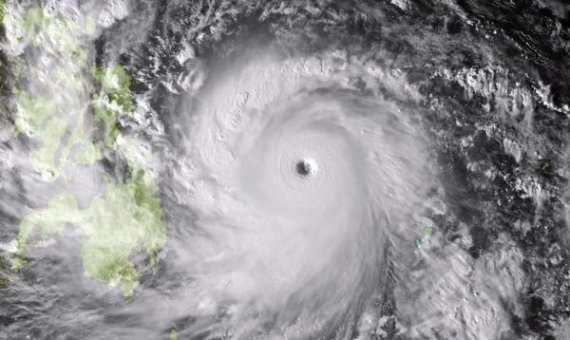It was a close shave. Wageningen researcher Gert Kema’s project is on the southernmost island of the Philippines. Typhoon Haiyan passed by a couple of hundred kilometres to the north, sowing death and destruction in the central zone of the archipelago. Kema (PRI) himself was in Ecuador at the time of the disaster, but he was in touch with his team in the Philippines. ‘Everyone is in distress of course. And we are doing what we can. We have already shipped a cargo of bananas to the disaster area, for instance. There are serious food shortages.’
Gert Kema has had some personal experience of the effects of a tropical storm. Last year typhoon Pablo did hit his island, leaving 1500 dead and massive damage. In the media, however, that disaster was overshadowed by hurricane Sandy, which hit the US in the same period, as Kema recalls. ‘Fortunately this time attention is being paid to what is happening in the Philippines.’
Panama disease
The Wageningen scientist is doing research in the Philippines on panama disease, a fungal disease that wiped out the main commercial banana in the mid-twentieth century. Now there is a danger of the same thing happening to its successor, the Cavendish banana. Since the nineteen nineties thousands of hectares of banana plants have already been devastated, mainly in developing countries where many people’s livelihoods depend on banana growing.
In this respect the typhoon could still have a disastrous after-effect on the archipelago, says Kema. ‘Haiyan has caused a lot of flooding. They cause the panama disease fungus to spread faster. Apart from the immediate impact of the storm, this could have major consequences for food production in the long run.’
But Kema does have some good news as well. ‘Next week I am going to the Philippines to test the latest scientific insights in practice. For example, we have possibilities for detecting and quantifying the fungus faster. And there may even be a definitive solution in sight. Our project in the Philippines is going to serve as a pilot for that. But at present the focus is on the humanitarian tragedy that is unfolding there.’

